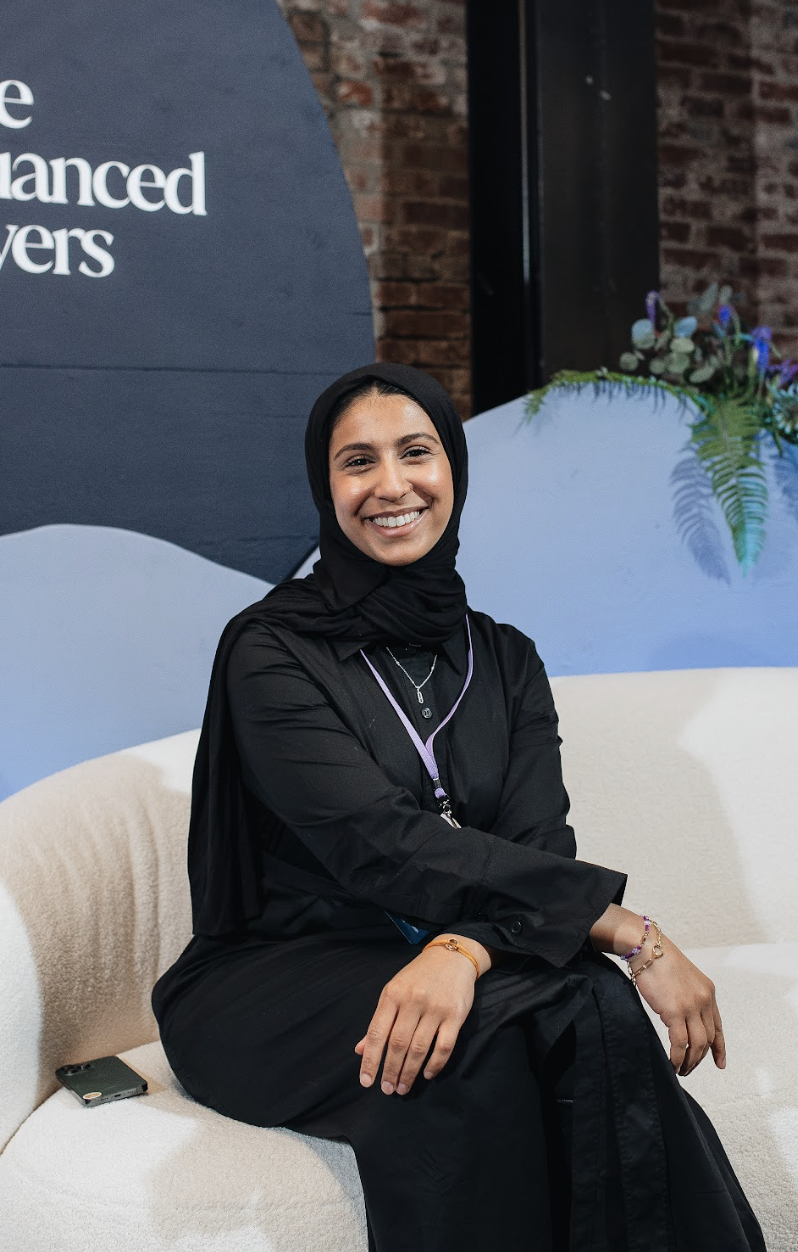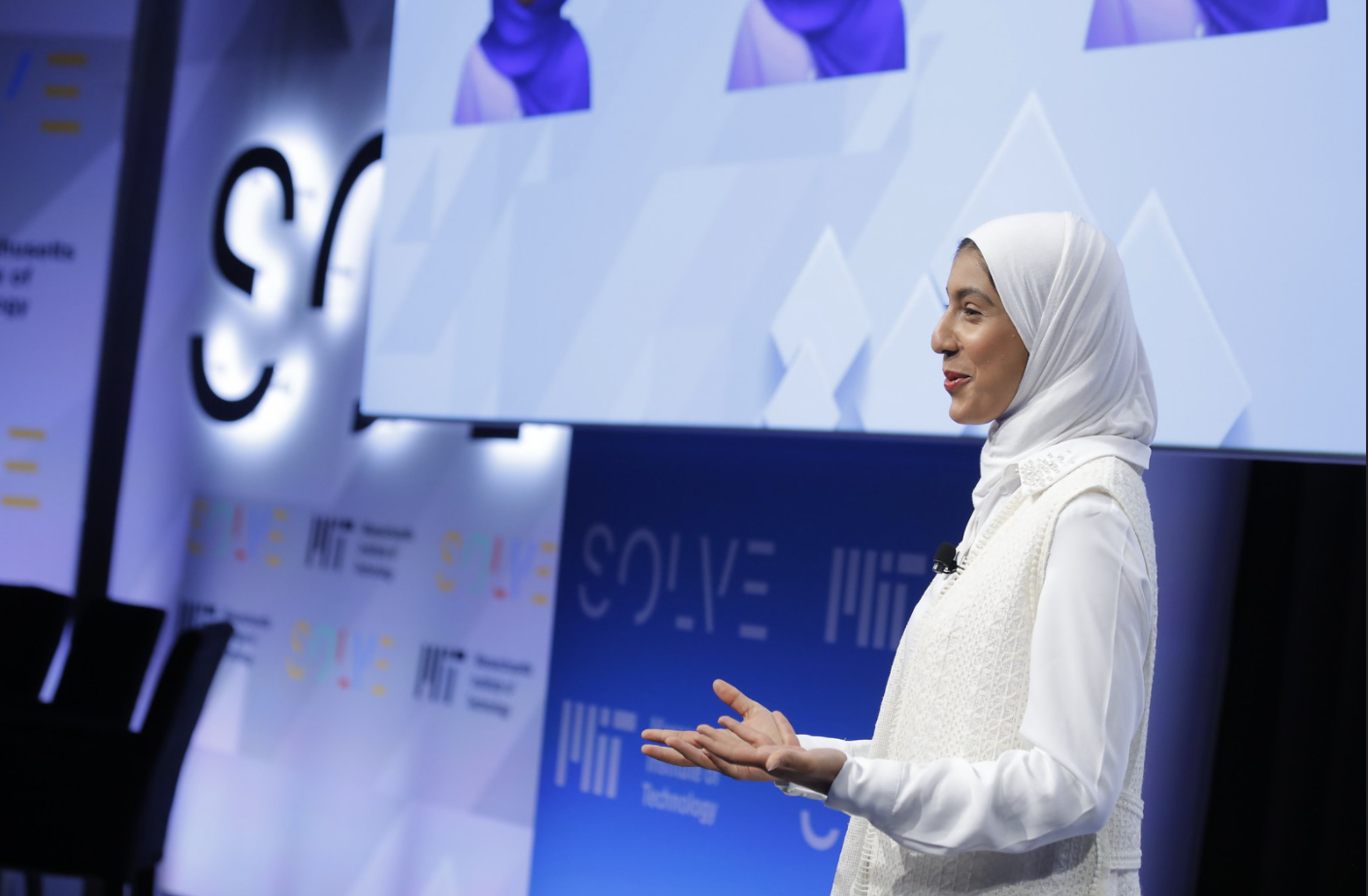Examining Gen Z's shopping behavior & highlighting why product designers should rethink existing product before designing new
In episode 295, Kestrel welcomes Rayouf Alhumedhi, the creator of the hijab emoji, to the show. Deeply passionate about bridging the creative space and tech, Rayouf founded the hijab emoji project to push for digital representation for Muslim women around the world. She was named one of Time’s Most Influential Teens and Forbes 30 under 30; currently, Rayouf is a senior at Stanford majoring in Product Design.
“I think there needs to be more thoughtful exploration of when is it good to make new product and when is it even better to rethink existing product? Like I mentioned in my table furniture building project, I noticed my team and I were getting excited about —what if we do this and we do that and we do that. But at the end of the day, all of that requires extra junk in the world. And yes, it's an enhancement and yes, it's an add-on, but it's not necessary at all. So, I wish more design students or more product design students had that framework instilled in their minds as an educational toolkit.”
-Rayouf
One point that comes up often in the sustainability and fashion dialogue is the way that our intentions are not aligning with our actions. There’s this sort of dissonance between what we say vs what we do.
As a report by Zalando from 2021 showed, we often say we believe in shopping more mindfully, but often don’t actually follow through when it comes to acting upon those ideas.
For example –
While 60% of survey respondents said transparency is important to them, only 20% actively seek out information as part of the purchasing process.
Or while 60% of consumers say repair, second-hand and sustainable disposal are important to them, but only 23% repair their clothes and 25% regularly buy second-hand.
While data can be skewed or interpreted in one way or another, the important sentiment that I take from this sort of information is that changing behavior is CHALLENGING, and it doesn't happen with the flick of a switch.
This is something that this week’s guest and I riff on throughout this episode – questioning the reasons why, trying to understand what’s leading to this disconnect, specifically analyzing how Gen Z fits into these behaviors, and ideating on what could potentially help propel more positive behavioral change moving forward.
But again – it’s not all on the individual. It’s also about corporations and regulation and DESIGN – something that this week’s guest is very passionate about. As she says, it’s important to design for the extremes, to ensure products are created with more accessibility and equity from the get-go.
Sidebar – this week’s guest is pretty legendary – she’s also the creator of the hijab emoji – which she developed 6 or so years ago, at the age of 16.
Quotes & links from the conversation:
Oddli, brand Rayouf mentions
“If being a part of your sustainable company or your sustainability vision is already an added value, buying something feels less of a burden. And if I know my friend is also buying it, naturally, I’m going to be pulled to it.” (21:46) -Rayouf
“Teen behind new hijab emoji: ‘I just wanted an emoji of me’”, article in CNN about Rayouf’s work on hijab emoji
Panel Discussion With Computer History Museum featuring Rayouf
Dr. Marten’s Zine that Rayouf contributed to









